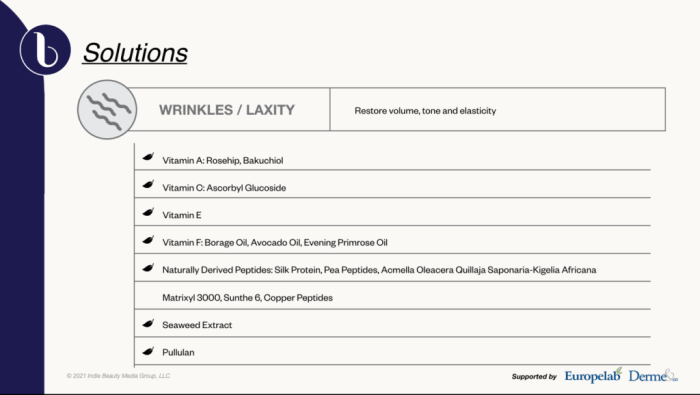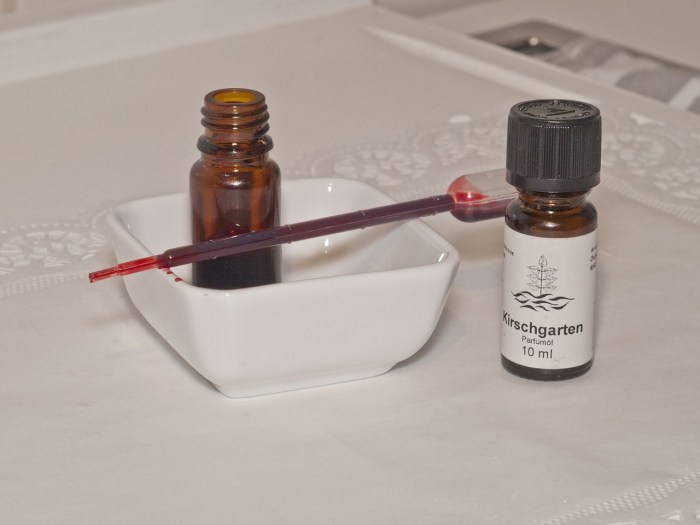Chapter 6 skin care products chemistry ingredients and selection – Chapter 6: Skin Care Products: Chemistry, Ingredients, and Selection delves into the multifaceted world of skin care, unraveling the intricate tapestry of ingredients, their chemical compositions, and the thoughtful considerations that guide the selection of skincare products. This chapter serves as a comprehensive guide, empowering readers with the knowledge to make informed decisions about their skincare regimens.
From understanding the roles of emollients, humectants, occlusives, and surfactants in maintaining skin health to exploring the chemical reactions involved in soap production, the preservation of skincare products, and the protective mechanisms of antioxidants and sunscreens, this chapter provides a thorough examination of the scientific principles that underpin effective skincare.
Ingredients in Chapter 6 Skin Care Products

Skin care products contain a variety of ingredients that serve specific functions. These ingredients can be classified into several categories, including emollients, humectants, occlusives, surfactants, and pH balancers.
Emollients
Emollients are ingredients that soften and smooth the skin. They work by filling in the gaps between skin cells, creating a barrier that prevents moisture loss and protects the skin from environmental irritants.
Humectants
Humectants are ingredients that attract and retain moisture in the skin. They work by forming hydrogen bonds with water molecules, preventing them from evaporating.
| Humectant | Properties |
|---|---|
| Glycerin | Highly effective at attracting and retaining moisture |
| Hyaluronic acid | Can hold up to 1000 times its weight in water |
| Urea | Also has exfoliating properties |
Occlusives
Occlusives are ingredients that create a physical barrier on the skin, preventing moisture loss. They work by forming a film over the skin’s surface, which prevents water from evaporating.
While occlusives can be effective at moisturizing the skin, they can also be heavy and greasy, which can make them uncomfortable to wear.
Surfactants
Surfactants are ingredients that help to remove dirt and oil from the skin. They work by breaking down the surface tension of water, which allows it to penetrate the skin more easily.
pH Balancers
pH balancers are ingredients that help to maintain the skin’s natural pH level. The skin’s pH level is slightly acidic, and when it is disrupted, it can lead to skin problems such as dryness, irritation, and acne.
Chemistry of Chapter 6 Skin Care Products

Soap Production
Soap is a surfactant that is made by reacting a fat or oil with an alkali, such as sodium hydroxide or potassium hydroxide. The reaction produces soap molecules, which are composed of a hydrophilic (water-loving) head and a hydrophobic (water-hating) tail.
Surfactants
| Surfactant | Chemical Structure |
|---|---|
| Sodium lauryl sulfate | CH3(CH2)11OSO3Na |
| Sodium laureth sulfate | CH3(CH2)11(OCH2CH2)nOSO3Na |
| Cocamidopropyl betaine | C19H41NO3 |
Preservation
Skin care products must be preserved to prevent the growth of bacteria and fungi. Preservatives can be either natural or synthetic, and they work by killing or inhibiting the growth of microorganisms.
Antioxidants, Chapter 6 skin care products chemistry ingredients and selection
Antioxidants are ingredients that help to protect the skin from damage caused by free radicals. Free radicals are unstable molecules that can damage cell membranes, DNA, and other components of the skin.
Sunscreens
Sunscreens are ingredients that help to protect the skin from damage caused by ultraviolet (UV) radiation. UV radiation can damage the skin’s DNA, leading to sunburn, premature aging, and skin cancer.
Selection of Chapter 6 Skin Care Products: Chapter 6 Skin Care Products Chemistry Ingredients And Selection

Cleansers
When choosing a cleanser, it is important to consider your skin type. If you have dry skin, you should choose a gentle cleanser that does not strip your skin of its natural oils. If you have oily skin, you should choose a cleanser that is more effective at removing dirt and oil.
Moisturizers
| Moisturizer | Efficacy |
|---|---|
| Humectants | Most effective at moisturizing the skin |
| Emollients | Less effective than humectants, but can be more comfortable to wear |
| Occlusives | Least effective at moisturizing the skin, but can be helpful for creating a protective barrier |
Sunscreens
When choosing a sunscreen, it is important to consider your skin type and sun exposure. If you have fair skin, you should choose a sunscreen with a high SPF (sun protection factor). If you have darker skin, you may be able to get away with a lower SPF.
Serums and Masks
Serums and masks are concentrated skin care products that can be used to address specific skin concerns. Serums are typically applied after cleansing and before moisturizing, while masks are applied for a period of time and then removed.
Sensitive Skin
If you have sensitive skin, it is important to choose skin care products that are fragrance-free, hypoallergenic, and non-comedogenic (will not clog pores).
FAQ Resource
What are the key factors to consider when choosing a cleanser?
The choice of cleanser should be guided by skin type, considering factors such as oiliness, dryness, sensitivity, and any specific skin concerns.
How does pH balance impact skincare formulations?
Maintaining an optimal pH balance is crucial for preserving the skin’s natural protective barrier and ensuring the efficacy of skincare products.
What role do antioxidants play in skincare?
Antioxidants combat free radical damage, protecting the skin from environmental stressors and premature aging.
